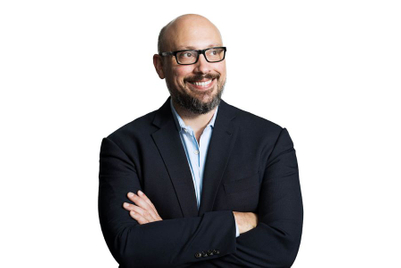
Scary pranks, hilarious experiences and awesome stunts. Throw in 20 million views, hit the Viral Video Chart and you’re a marketing legend. For a short period of time. Because as always, the world is constantly changing. Virality is no longer YouTube’s monopoly, and this forces the creative industry to re-evaluate its viral-marketing planning. So say hello to the multi viral: a film that goes viral on a multitude of video channels, and with a number of localised versions.
Online video has changed
The viral video has become a (close to) mandatory instrument in modern-day campaigning. And why shouldn’t it be? The production costs do not differ too much from a traditional TV commercial, and the prospect of countless free viral views is appealing. The instrument has proven to be very effective too.
Nevertheless, it is time for us all to re-evaluate viral video strategy. The online video landscape has changed a lot recently, with most of that change driven by the popularity of mobile. Facebook’s mobile app has improved big time and is offering embedded, autoplay video. Twitter is rolling out its video features, Instagram video is getting a lot of eyeballs and Snapchat Stories is also very successful. And creative brands are increasingly hooking onto Vimeo as well.
With so many mass online video channels, YouTube no longer is the number one viral video channel of choice. To fully profit from the Facebook in-app autoplay features, a lot of brands are already embedding videos in their posts. These are easily liked and shared on the go. And given Facebook’s sheer size, this is impacting the view numbers on YouTube. A recent example of a campaign hooking into Facebook’s embedded video is ABN Amro’s rollercoaster viral: The film generated more than 25 million views on Facebook and just 3 million on YouTube.
Do you speak English?
It may come as a surprise, but not everybody in the world speaks English. It’s often forgotten in the race for views that many markets do require a localised and translated version. This can be to increase understanding, to tailor the humour and cultural references to a specific region, or to simply refer to the local market website. Whatever the output, localising makes perfect sense, and the successful brands of the future will be the ones who understand that the web is truly borderless and that localising breeds effectiveness.
An example of the multi-viral: ASUS Modern Birds
If you'll permit me a SuperHeroes example, we recently conducted an interesting viral experiment. For ASUS we created the global campaign Modern Birds to promote the brand’s Transformer Book T100. The campaign features Edward, a tufted titmouse bird with arms, who ruminates on the way we use our devices nowadays.
Instead of the normal tactic of launching one version to promote globally, we launched the campaign film in eight different language versions in a number of key markets. These videos were placed both on YouTube and Facebook. Now, an accumulated 20 million views later, we’re collecting our insights and celebrating the results.
The multi-viral is the future
When launching a viral film, it is tempting to go for quick wins, in terms of one film with big viewing numbers. However, allowing for the video to be featured on multiple video channels and to create it in multiple languages, means allowing for local relevancy and thus local success.
Scripts can be tweaked to give them local relevance. Descriptions of the films can be used to refer to local websites and local retailers. And overall, the viewing numbers do not need to be impacted. From our experience, they will actually benefit from this targeted approach.
20 million views is an amazing aggregated result for ASUS Modern Birds. The results and sales feedback from the local markets have had a positive boost as well. The conclusion that can be drawn from this? That we have entered a new viral era. And that to make campaigns truly fly, a multi-platform and -language approach should be a serious consideration.
Rogier Vijverberg is founder and executive creative director of SuperHeroes


.jpg&h=334&w=500&q=100&v=20250320&c=1)

.jpg&h=334&w=500&q=100&v=20250320&c=1)
.jpg&h=334&w=500&q=100&v=20250320&c=1)

.jpeg&h=334&w=500&q=100&v=20250320&c=1)


.jpg&h=334&w=500&q=100&v=20250320&c=1)


+1.jpg&h=268&w=401&q=100&v=20250320&c=1)

.jpg&h=268&w=401&q=100&v=20250320&c=1)

.png&h=268&w=401&q=100&v=20250320&c=1)

.png&h=268&w=401&q=100&v=20250320&c=1)